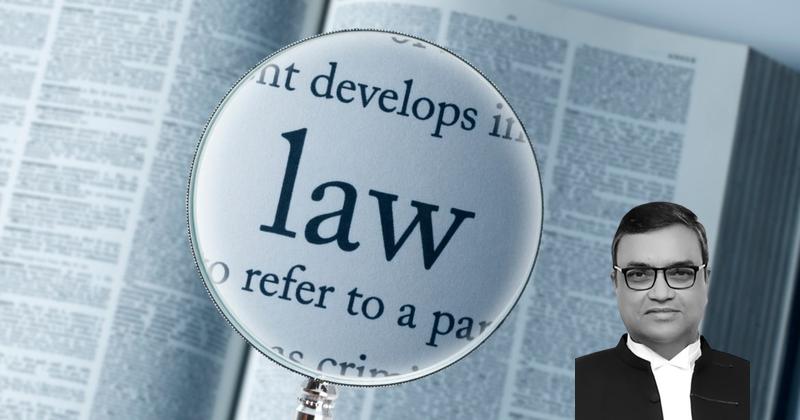District & Sessions Judge Varanasi (hereinafter “Trial Court”) vide which the present appellant, Pramod Kumar Mishra was convicted under Section 307 of the Indian Penal Code (hereinafter “IPC”) and sentenced him to undergo 5 years 1 REPORTABLE 2 rigorous imprisonment.
Also Read: https://newslaw.in/supreme-court/legal-analysis-of-appeal-against-order-of-commissioner-of-payments/
Thereafter, FIR Case Crime No.67 of 1984 under Section 307 of IPC came to be registered on the same day at 7:30 AM by PW1 against Jawahar @ Munna Mishra (A1), Pramod Mishra (A2, present appellant) and Suresh Mishra (A3). Gauri Shankar Singh (hereafter “PW7”), who after completing the investigation submitted chargesheet against Jawahar @ Munna Mishra (A1), Pramod Mishra (A2, present appellant) and Suresh Mishra (A3).
The statement of PW1, complainant, that he was attacked by Pramod with ballam at 6:00 AM on 12.08.1994 is fully corroborated by documentary evidence (FIR Ex. Ka-2) and the medical opinion of PW4 – doctor that the injury could have been probably caused by the ballam which was shown to him in Court.
(5-Judge Bench), while considering the issue of constitutionality of imposition of death penalty emphasised that aggravating and mitigating circumstances need to be considered in awarding sentence to a convict. We, therefore, consider a therapeutic, rather than an “in terrorem” outlook, should prevail in our Criminal Courts, since brutal incarceration of the person merely produces laceration of his mind.
Also Read: https://newslaw.in/supreme-court/promotion-policy-for-rank-of-avm-in-indian-air-force/
A proper sentence is the amalgam of many factors such as the nature of the offence, the circumstances – extenuating or aggravating – of the offence, the prior criminal record, if any, of the offender, the age of the offender, the record of the offender as to employment, the background of the offender with reference to education, home life, sobriety and social adjustment, the emotional and mental conditions of the offender, the prospects for the rehabilitation of the offender, the possibility of return of the offender to normal life in the community, the possibility of treatment or training of the offender, the possibility that the sentence may serve as a deterrent to crime by the offender or by others and the current community need, if any, for such a deterrent in respect to the particular type of offence.
The prevalence of such guidelines may not only aim at achieving consistency in awarding sentences in different cases, such guidelines normally prescribe the sentencing policy as well, namely, whether the purpose of awarding punishment in a particular case is more of a deterrence or retribution or rehabilitation, etc. State of Maharashtra (3-Judge Bench), it was observed that it would be necessary for this Court to notice the rising violent crimes against women and the sentencing policy adopted by the Courts, in such cases, ought to have a stricter yardstick so as to act as a deterrent.
State of Tamil Nadu (2-Judge Bench) reduced the substantive sentence under Section 304(ii) IPC from 7 years to 5 years of imprisonment in the interest of justice and since there was no premeditation on the part of the appellant.
Also Read: https://newslaw.in/supreme-court/differences-between-parties-and-witnesses-in-a-civil-suit/
Coming to the facts at hand, under Section 307 IPC, attempt to commit murder is a punishable offence, punishment for which is up to 10 years of imprisonment and if the act committed has caused hurt to the person, then punishment may extend to life imprisonment and fine or both. In default of payment of fine, the appellant shall undergo rigorous 10 11 Imprisonment for 3 months.
Case Title: PRAMOD KUMAR MISHRA Vs. THE STATE OF U.P
Case Number: Crl.A. No.-002710-002710 / 2023



